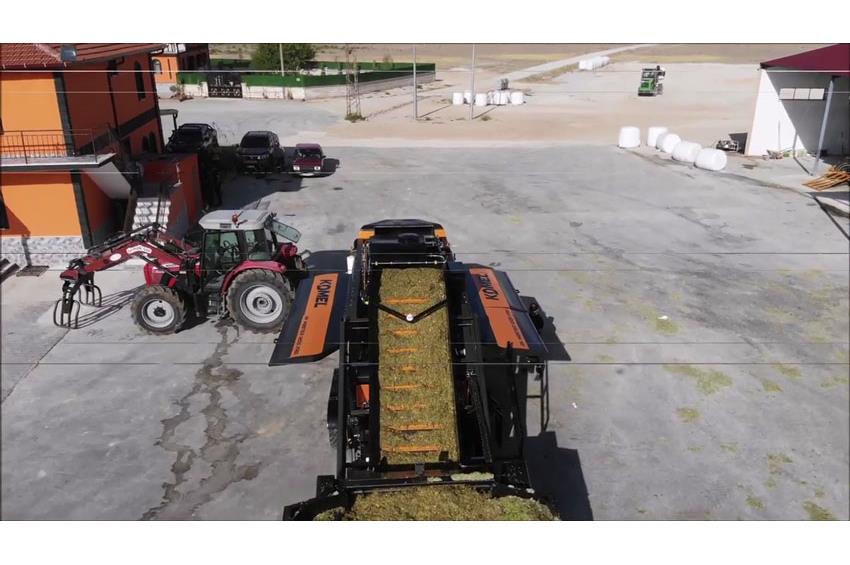- 06 Jul 2022
- 2874
How to Make Silage
Preserving feed for livestock doesn't always mean putting up sun-dried hay. Silage is also made as a chopped, fermented feed source, primarily from annual crops like corn, barley, sorghum, oats, millet, and occasionally canola and wheat. Silage is made by packing the chopped crop into a "pit" and packing it down well so that any oxygen pockets are eliminated. Oxygen pockets encourage spoilage of the feed. Silage and haylage can be interchangeable, especially since haylage or baleage involves the same process of ensiling to preserve feed for livestock. However, silage more relates to annual crops than perennial forages. How to make silage is described in the steps below.
- 05 Jul 2022
- 2655
Necessity of using corn silage in livestock feeding
The crop provides livestock producers with a high-yielding, relatively consistent source of forage and the animals with a highly digestible and palatable feed. Corn silage produces more energy per acre than any other crop grown in Pennsylvania.


